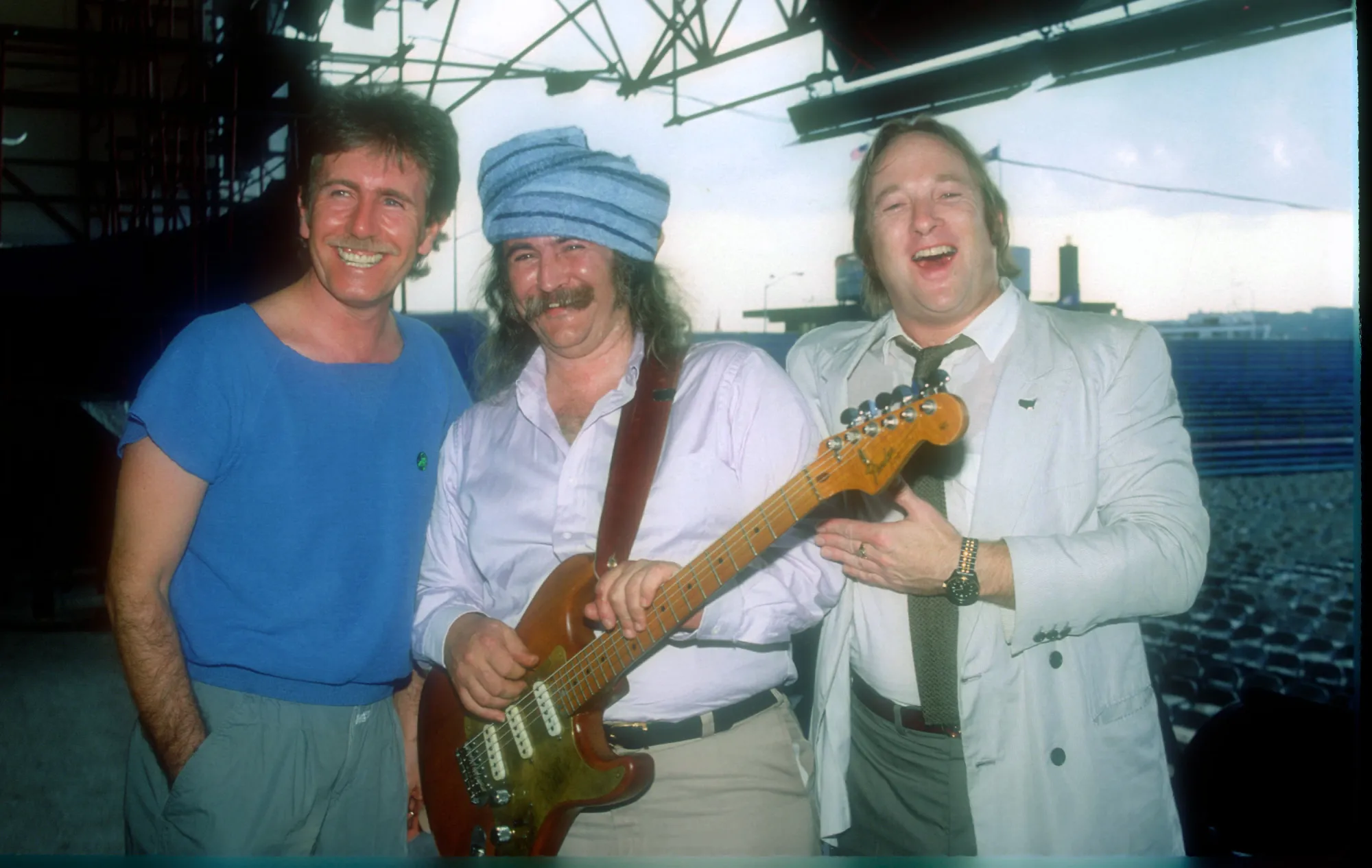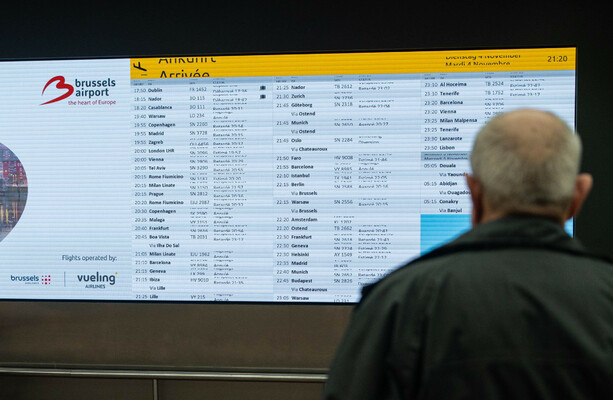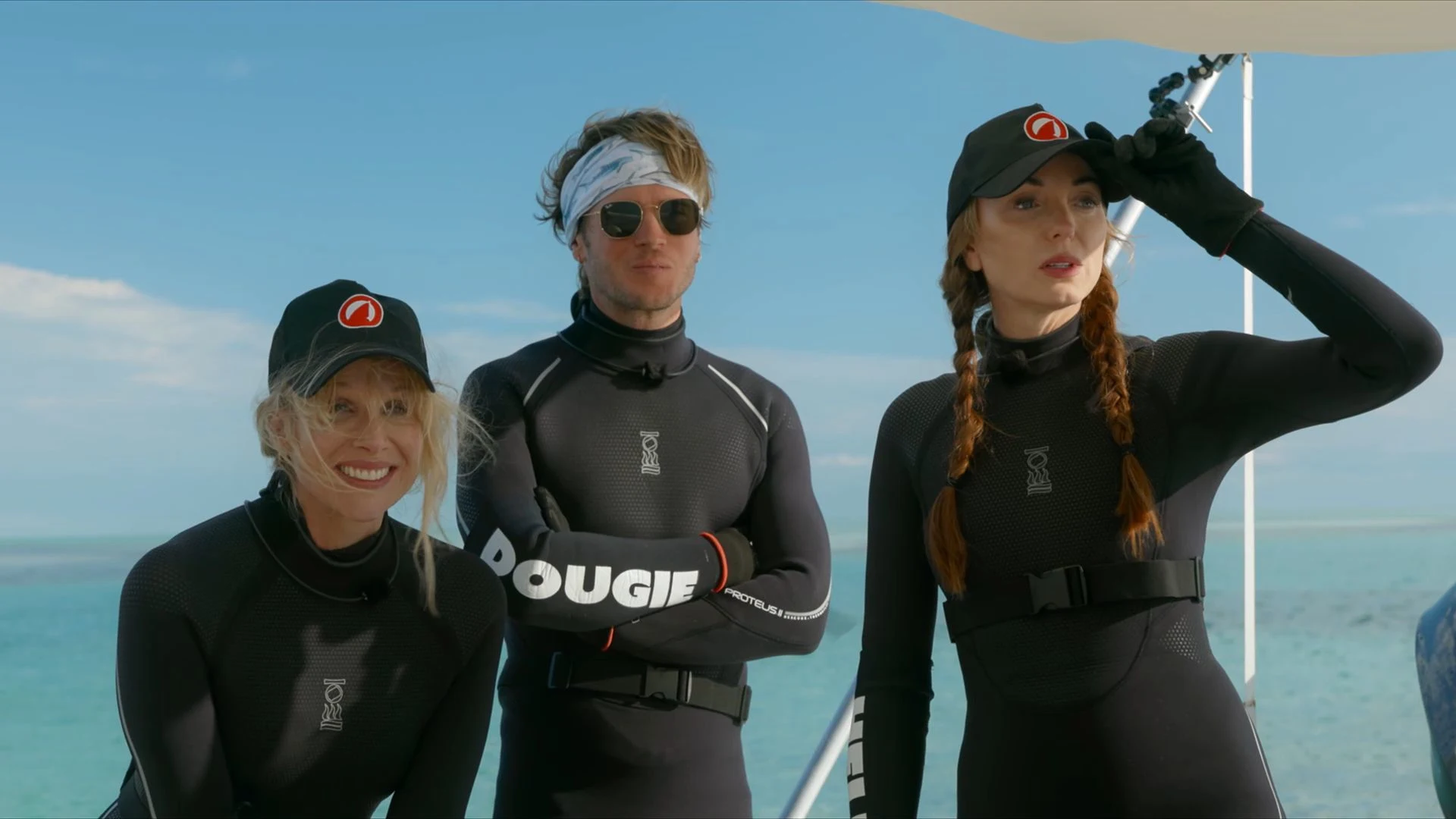Copyright VICE

David Crosby, Stephen Stills, and Graham Nash first formed the folk rock band, appropriately called Crosby, Stills, and Nash, in 1968, after each left their previous bands. They were active, on and off, until 2015, occasionally adding and removing Neil Young along the way. During that time, they released eight studio albums and recorded such hit singles as “Marrakesh Express,” “Suite: Judy Blue Eyes,” and “Teach Your Children.” It was sometime in the mid-’70s that Crosby, Stills, & Nash adopted a very distinctive logo that they would continue to use throughout their run as a group—a variation of which can be seen on the cover of their 1994 album, After the Storm. That logo, by the way, was the work of a young graphic designer from Brantford, Ontario, Canada, named Philip Hartmann. Your intuition is correct; we’re referring to the same Philip Hartmann, who would eventually drop the “ip” from his first name and the second “n” from his last name, becoming known to comedy fans worldwide as Phil Hartman. During his early years, Hartman ran a graphic design business in California, where he worked on more than 40 album covers for different artists. His brother, John, who managed the country rock band Poco, helped him land some of the gigs. Videos by VICE In addition to Poco and, of course, Crosby, Stills, and Nash, some of the artists Hartman worked with as a graphic designer included Silver, Harvey Mandel, and America. His favorite of the albums he contributed to was the cover for Poco’s 1978 album, Legend. Two years before he died in 1998, Hartman said in an interview that it was the only cover he’d designed that he had hanging in his office. He evidently didn’t think as highly of the Crosby, Stills, and Nash logo because, as he revealed in that same interview, he was never credited for it. He wasn’t bitter about the snub, however, and actually found it amusing. What he didn’t find amusing was the loneliness of his design work, which he did by himself. He wanted to be an entertainer, but needed an outlet. That outlet turned out to be an improv comedy group called The Groundlings. Through the group, Hartman met Paul Reubens, co-created the Pee-Wee Herman character with him, and his entertainment career was officially off and running—eventually leading to stints on Saturday Night Live, NewsRadio, and The Simpsons.



